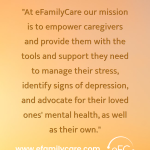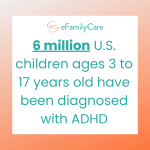
This fall and winter, many people will be seeking answers to the question “do I have the flu or coronavirus?” from their healthcare provider. However, without diagnostic testing, this question is not easily answered. Although both are caused by RNA viruses, they differ in several key aspects. Let us break down some of the main differences between the two to help you better understand the distinctions between them.
The flu is caused by two types of influenza–viruses A and B. The novel coronavirus infection is caused by the severe acute respiratory syndrome coronavirus-2. They are both mainly transmitted by airborne droplets.
The most common symptoms for both infections are:
● fever
● chills
● headache
● muscle pain
● cough
● sore throat
● fatigue
The coronavirus, however, is much more likely to cause loss of smell and taste than the flu. If you have contracted the flu, symptoms usually develop quickly and peak within 3-7 days of exposure. Coronavirus symptoms though have a more gradual onset and symptoms may not peak for 2-3 weeks. The coronavirus is far more contagious than the flu and has a much higher mortality rate–between 2.5 and 30 times that of the flu. The very young and people over age 65 are at the most risk for severe illness from the flu, whereas with the coronavirus the risk for severe disease increases with age.
There are several steps you should take to avoid asking the question “do I have the flu or coronavirus?” this season:
● First, get a flu vaccine this fall. Studies have shown that the flu vaccine offers the added benefit of protecting those infected with the coronavirus, decreasing hospitalization rates and lowering the risk of corona-related deaths.
● Use a mask–especially when indoors or within six feet of people for more than 15 minutes.
● Wash your hands frequently.
● Practice social distancing.
If you are in the unfortunate position of needing to know whether you have the flu or coronavirus, immediately isolate yourself (especially from the elderly). Then, call your healthcare provider and ask how you can be tested for the flu and/or coronavirus.







